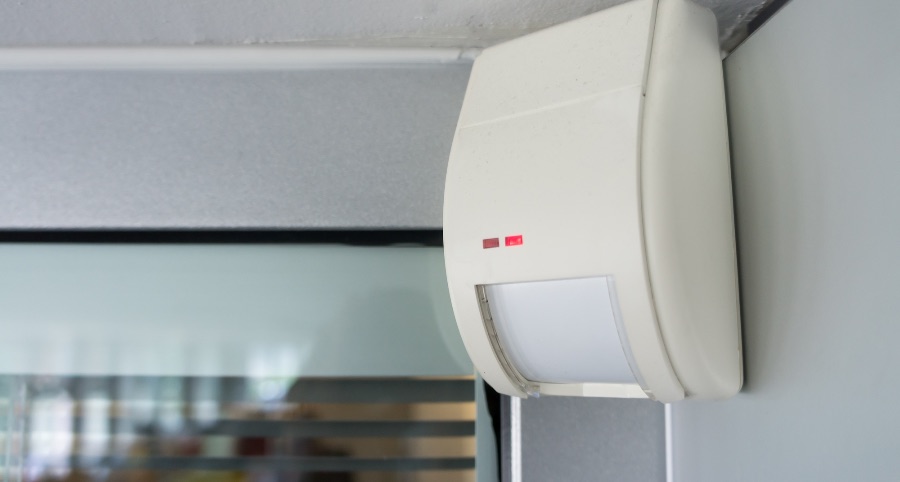How Do Motion Detectors Work In Columbus?

You most likely have a fairly good grasp of what motion detectors do solely based on their title. Of course, they identify motion, but how precisely do they work? Take a minute to explore the technology behind them and the various types of devices you might find. You’ll get a deeper comprehension of how they work and how you can integrate them into your advanced smart home.
What is the technology that drives motion detectors?
Identifying movement can be performed in a number of distinct ways, but motion detectors are usually classified into either of these two categories - active or passive.
● Active motion detectors: These devices are deemed active, as they continually transmit signals like microwaves and then measure the rate of response. Motion is shown when the return time changes. While microwave sensors are most often found, you’ll also discover active motion detectors that measure sound waves or infrared light.
● Passive infrared (PIR) motion detectors: Frequently encountered within home security installations, PIR motion detectors function by recognizing changes in the ambient temperature. In essence, the device detects what the regular temperature is expected to be within a designated area. If there are sudden spikes of heat, like an intruder creeping across the space, the sensor observes it and triggers your security alarm. Since they aren’t actively transmitting signals, passive detectors usually utilize less power and are less expensive to run.
Along with active and passive, you might come across hybrid motion detectors that employ a mix of technologies. These can help reduce false alarms, as every sensor must be tripped before the alarm system sounds. Other options include vibration motion detectors and tomographic devices that are typically employed in bigger commercial or industrial locations.
How to use Columbus motion detectors
The main goal of motion detectors is to detect activity within a designated area, generally to a distance of 50 feet away. You’ll usually find them included in exterior floodlights or as standalone devices within your home. When movement is identified, they’ll activate your alarm system and notify your professional monitoring team.
But modern motion detectors are more adaptable than at any time before. In fact, they are able to communicate directly with other smart equipment. For instance, they can trigger your linked smart lights to illuminate or your video camera to record if movement is noticed. They can even signal your smart thermostat to adjust the temperature.
Get immediate alerts and alter settings for animals
Another significant perk of modern motion detectors is that you’ll have immediate notifications delivered to your smartphone every time the sensor is triggered. If you own pets, you can even preempt false alarms by customizing settings to accommodate the size of your furry friends.
Start Designing Your Vivint Smart Home With Motion Detectors in Columbus
Now that you have a better understanding of how motion detectors work in Columbus, it’s a good time to integrate them into your contemporary smart home. Vivint’s motion detectors cover large areas, provide wide-angle capability, and last for years without requiring a change of battery. They’ll also work in harmony with your other home automation devices. Are you ready to start? Call (614) 820-1364 to talk to a helpful Vivint representative today.